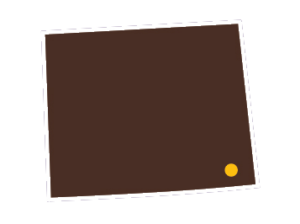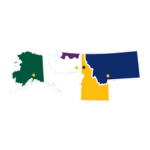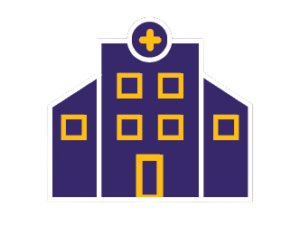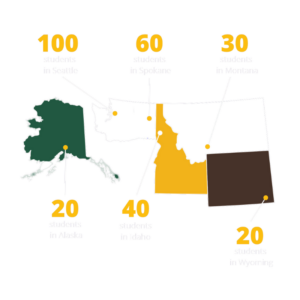

The acronym stands for Washington, Wyoming, Alaska, Montana and Idaho.
These states have partnered with the UW School of Medicine — along with faculty, physicians, universities, medical societies and associations, Area Health Education Centers (AHEC), hospitals and clinics in these states — to advance excellence in medical education and to help meet physician workforce needs in the region.
WWAMI has received many recognitions and accolades over the years for its unique approach to supporting the rural physician workforce, including being recognized by U.S. News & World Report as the No. 1 medical school for primary care education, family medicine and rural medicine training for most of the past 30 years. A Lancet commentary called the WWAMI program “perhaps the best academic model” of a multifaceted approach to recruitment and retention of physicians in underserved communities.
WWAMI is deeply committed to the success of our five-state medical school. Thank you for your part in making WWAMI a success.

WWAMI began with 9 students in Alaska in 1971.

Wyoming joined in 1996 with 10 students. A second “W” was added to “WWAMI.”

In 1972, Alaska increased to 10 students, 20 students were added in Pullman, WA, and 6 students in Idaho.
In 1973, 10 students were added in Montana.
students now make up the first-year class each year.
programs exist across the five-state region in the UW Family Medicine Residency Network.

More than 50% of WWAMI graduates become primary care physicians and many choose to practice in rural areas.

There are more than 300 clinical sites throughout WWAMI.
Ranked #1 for primary care education, family medicine and rural medicine training for most of the past 30 years.
TRUST sites
ACGME accredited residencies and fellowships
WRITE sites

Graduates to date
RUOP sites
Non-ACGME accredited fellowships
MEDEX Northwest physician assistant students at five sites